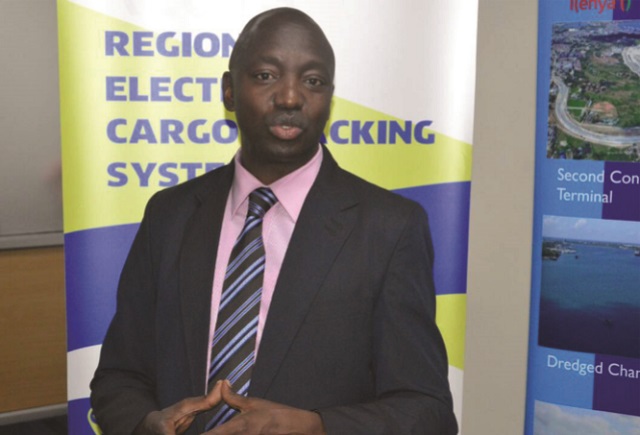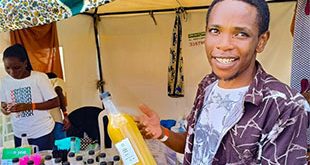
How addition of Single Customs Territory is changing cross-border business
Kampala, Uganda | JULIUS BUSINGE | Imagine you are a trader in Uganda importing goods requiring 500 trucks. Under what has until now been the Uganda Revenue Authority (URA) system, each truck would require its own customs clearance entry costing US$100. The 500 trucks would require US$50,000 (Approx. Shs180 million) to clear.
Now imagine a new system is introduced that enables you to clear all 500 trucks using just one entry and paying just US$100. What would your reaction be?
A source at the Uganda Clearing and Forwarding Agents Association, calls the new system; called the Single Customs Territory, a “silver bullet”.
“The Single Customs Territory is a silver bullet that will eliminate multiple challenges that we have been facing,” the source told The Independent on Sept.02.
His excitement is shared by Everest Kayondo, the chairman of Kampala City Traders Association (KACITA) who told The Independent that any initiatives geared towards reducing the cost of doing business are always welcome.
In an interview with The Independent on August 31, the Acting Commissioner for Customs at URA, James Kisaale explained that even traders who may want to clear small items can save up to $300 (over Shs 1 million) per entry. He said URA clears over 1, 000 containers of goods entering Uganda per day via busy borders of Malaba, Busia and others.
The system which has been partly in operation since 2013 came into force (full operation) on Sept. 01 and URA has deployed 30 staff at Port of Mombasa in Kenya and another batch at Dar es Salaam port in Tanzania.
This stride means that a clearing agent working for an importer can now prepare all documentation at port of entry and transporters can move without further clearance needed at borders or any other clearing points within the EAC. This has not been the case before.
This initiative is implemented by all East African Community (EAC) member states as part of the Customs Union protocol signed in 2004.
Before full implementation, URA had been clearing some goods; including some fuels, wheat, grain, steel products and more, under this arrangement.
More benefits
The bigger aim of the SCT is to boost inter and intra-regional trade in goods as agreed by EAC governments in July 2013. The boost would reflect in faster clearance of goods, minimised controls at internal borders, and decongestion of the entry ports of Mombasa and Dar es Salaam.
The other benefits of the system include single customs declaration (90% reduction in documentation), real exchange data between different custom systems and Port authorities to enable release of goods. The clearance time has been reducing gradually from 22 days in 2013 when it became a key objective to four days today.
The operationalisation of mutual recognition of customs agents within the EAC region will also improve working relationship amongst revenue authorities, port authorities, and other agencies. This should lead to faster decision making.
Kisaale says clearing of 100% goods was long incoming because of the preparations required; including business process reviews, setting up systems interconnections, and training and deployment of staff in Kenya and Tanzania.
He said that pilots of the SCT were done in October 2013 and a phased implementation commenced in 2014 (February) with fuel.
Kisaale said that full rollout of SCT would complement another initiative – Electronic Cargo Tracking System (ECTS) which prevents diversion and theft of goods in transit from Ports in Kenya and Tanzania to Kampala and vice versa.
Loss of goods
Kayondo say to ensure full benefits, URA has to be alert and tackle any related risks in form of manipulation of the two systems by fortune seekers.
Commenting specifically on the ECTS, Kayondo said that the biggest challenge has been the lack of enough tracking gadgets called seals which has been causing losses of up to 60 consignments of traders goods per year with a value of US$720, 000 (approx. Shs 2.5 billion).
Kayondo said the new systems should work alongside a swift rapid response force for Kenya and Ugandan authorities to deal with the thieves. He said KACITA has plans to set up its own cargo tracking system at their offices so that they do not have to rely on URA.
But Kisaale told The Independent that because of the key role of the two electronic systems in EAC trade, URA has procured 2000 electronic seals and plans to get more to be able to cover all vehicles transporting goods into Uganda to ensure no goods are lost.
****
 The Independent Uganda: You get the Truth we Pay the Price
The Independent Uganda: You get the Truth we Pay the Price





